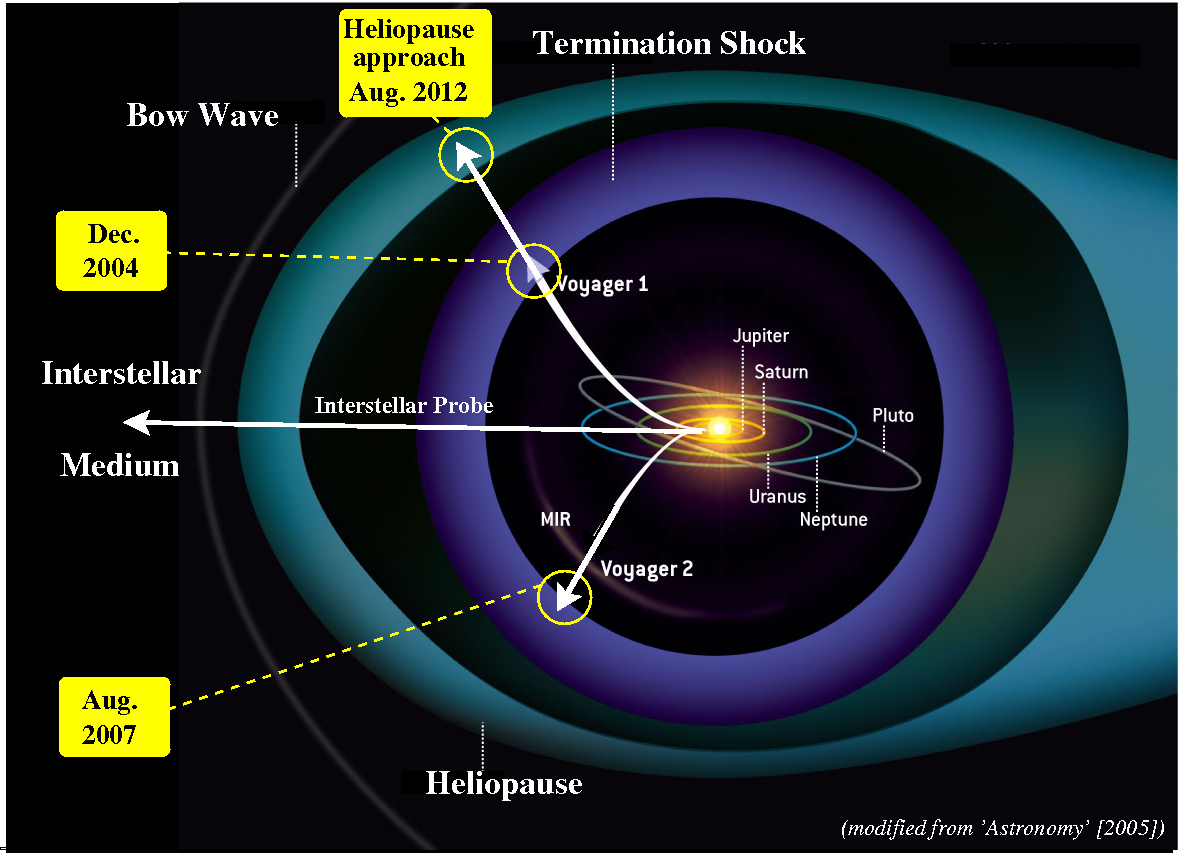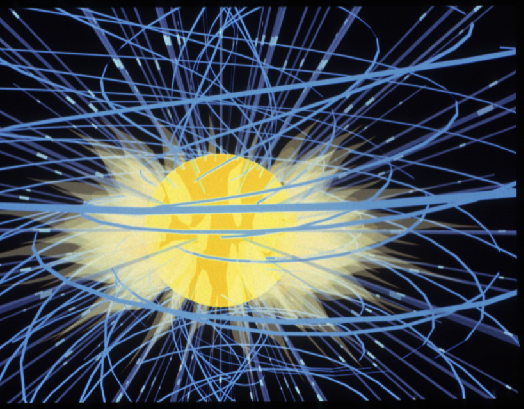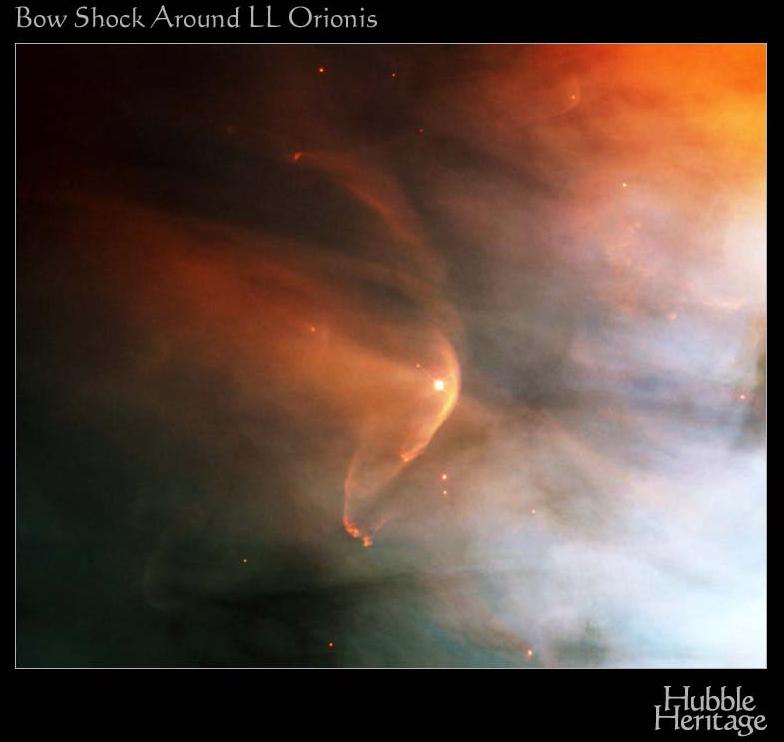Heliophysics
The heliosphere is a giant circumsolar plasma cocoon with a diameter of the order of several hundred astronomical units. It shields the planets from a direct contact with the interstellar medium by deflecting the interstellar plasma flow, by efficiently ionizing neutral gas components and by reducing the flux of cosmic rays. The structure of the heliosphere is changing in time due to solar activity and to a changing interstellar environment.
Contemporary research considers the Sun and the heliosphere as an integrated system, whose parts should be considered separately but are tightly interconnected by, for example, the solar/heliospheric magnetic field.
An understanding of the heliosphere is not only desirable in view of its role as a shield protecting life on Earth but also as natural plasmaphysical laboratory in which many fundamental plasma physical process, like turbulent diffusion, stochastic acceleration or nonthermal heating by plasma waves, can be studied. Narrowing the focus from the global to the inner heliosphere leads directly to the field of Space Weather, i.e. the influence of the Sun on the interplanetary medium, in general, and the terrestrial magnetosphere and atmosphere, in particular.





